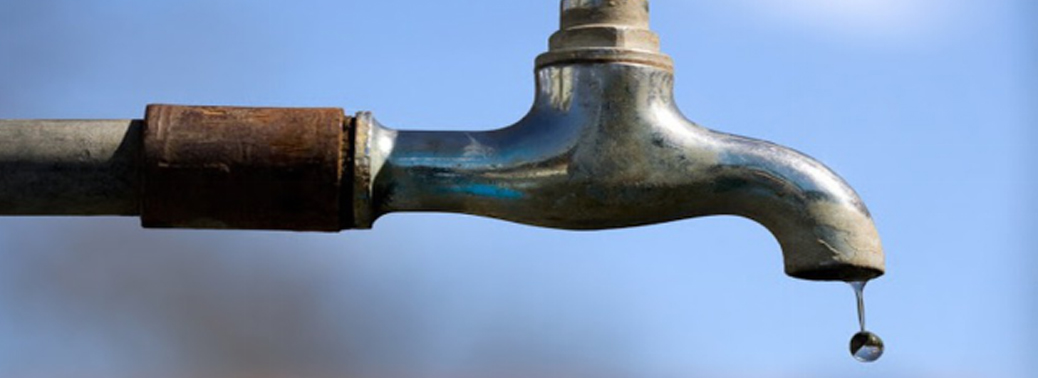JAL JEEVAN MISSION
14, Feb 2020

Prelims level : Governance - Schemes
Mains level : GS-II Government Policies and Interventions for development in various sectors and issues arising out of their Design and Implementation.
Why in News?
- Rajasthan has recently demanded higher central assistance for Jal Jeevan Mission (JJM) from the Union Government to achieve the targets of the Mission.
About Jal Jeevan Mission:
- The chief objective of the Mission is to provide piped water supply (Har Ghar Jal) to all rural and urban households by 2024. It envisages supply of 55 litres of water per person per day to every rural household through Functional Household Tap Connections (FHTC) by 2024.
- JJM focuses on integrated demand and supply-side management of water at the local level.
- Creation of local infrastructure for source sustainability measures as mandatory elements, like rainwater harvesting, groundwater recharge and management of household wastewater for reuse, would be undertaken in convergence with other government programmes/schemes.
- The Jal-Jeevan Mission is set to be based on various water conservation efforts like point recharge, desilting of minor irrigation tanks, use of grey-water for agriculture and source sustainability.
- The Mission is based on a community approach to water and includes extensive Information, Education and Communication as a key component of the mission. Thus JJM looks to create a jan andolan for water, thereby making it everyone’s priority.
Funding Pattern:
- The fund sharing pattern between the Centre and states is 90:10 for Himalayan and North-Eastern States, 50:50 for other states, and 100% for Union Territories.
- The Jal Jeevan Mission will converge with other Central and State Government Schemes to achieve its objectives of sustainable water supply management across the country.
Institutional Arrangement:
1. National Jal Jeevan Mission (NJJM) at the Central level
2. State Water and Sanitation Mission (SWSM) at the State level
3. District Water and Sanitation Mission (DWSM) at the District level
4. Village Water Sanitation Committee (VWSC) at Village level
Village Action Plan (VAP):
- Every village will prepare a Village Action Plan (VAP) which will have three components:
- Water source & its maintenance
- Water supply
- Grey-water (domestic wastewater) Management.
Need for and significance of the Mission:
- India has 16% of the world population, but only 4% of freshwater resources. Depleting groundwater level, overexploitation and deteriorating water quality, climate change, etc. are major challenges to provide potable drinking water.
- It is an urgent requirement of water conservation in the country because of the decreasing amount of groundwater level.
- Therefore, the Jal Jeevan Mission will focus on integrated demand and supply management of water at the local level.






